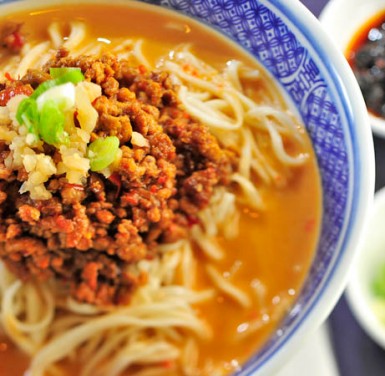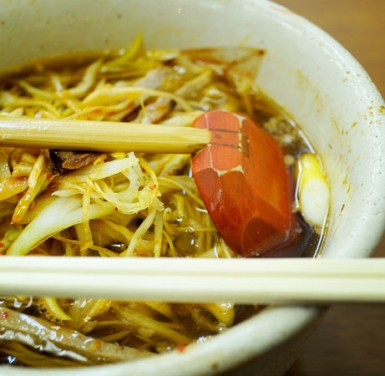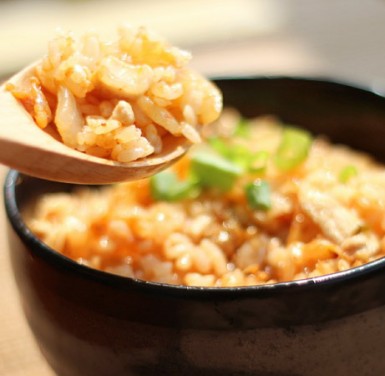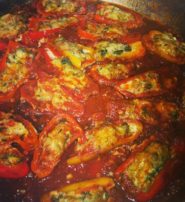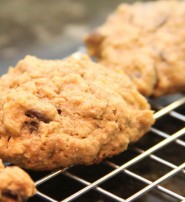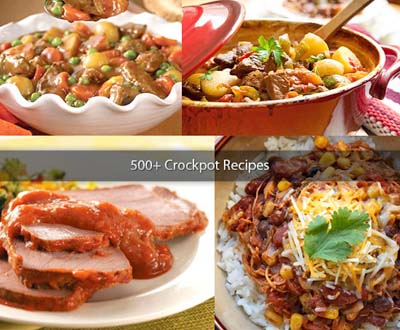Asian Cuisine
-
Szechuan Cuisine
The cuisine of the Western region of China is well-known for its spiciness, but many Western palates overlook the complex interplay of savory, sour, hot and sweet flavors that underlie the fiery spice of the Szechuan pepper and other spices that give the Szechuan cuisine its characteristic burn. For decades, most of the world was familiar mainly with Cantonese cuisine, and thought of it as ‘Chinese cuisine’. In reality, though, China is an enormous country that encompasses nearly every kind of climate imaginable. The amazing variety of foods, spices and climates have led to many distinct styles of Chinese cuisine. Szechuan cuisine, originating in a steamy, sub-tropical climate, includes smoked, pickled and spiced foods, as well as foods spiced with a heavy hand for both preservation… Read more -
Japanese Cooking: Going Beyond Sushi
In general, the Japanese people are very healthy and live longer than any other culture in the world. Why is this? Many people attribute it to the way they eat. But if you think that all Japanese people eat is sushi you couldn’t be more wrong. Japanese home cooking is simple, healthy, and delicious. While some of the ingredients may seem exotic and intimidating, rest assured that anyone can cook wonderful delicious Japanese meals with ease. Sushi is the most popular type of Japanese food, enjoyed throughout the world. You may notice that sushi is quite filling, and you typically eat much less than you would a more Western style meal, such as a hamburger. What is it about sushi that makes it so filling and satisfying? The answer could be rice. Rice is definitely a staple of any… Read more -
Some Different Ideas for Cooking Rice
Rice needs to be thoroughly washed. A good way to do this is to put it into a colander, in a deep pan of water. Rub the rice well with the hands, lifting the colander in and out the water, and changing the water until it is clear; then drain. In this way the grit is deposited in the water, and the rice left thoroughly clean. The best method of cooking rice is by steaming it. If boiled in much water, it loses a portion of its already small percentage of nitrogenous elements. It requires much less time for cooking than any of the other grains. Like all the dried grains and seeds, rice swells in cooking to several times its original bulk. When cooked, each grain of rice should be separate and distinct, yet perfectly tender. Steamed rice Soak a cup of rice in one and a fourth cups of water… Read more


